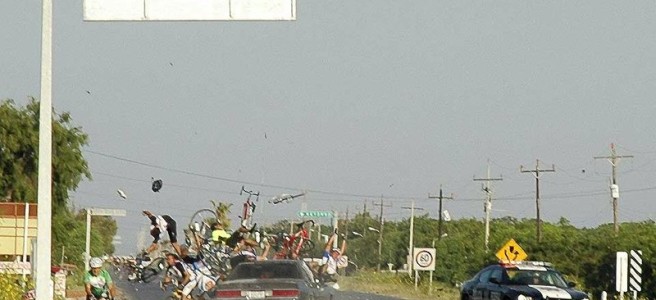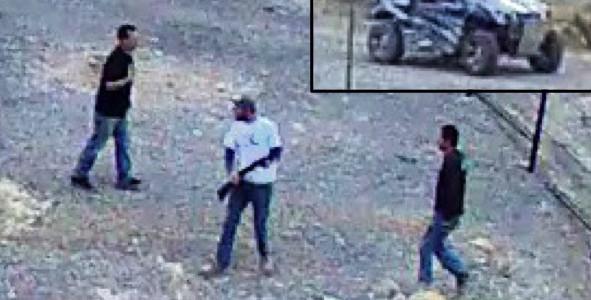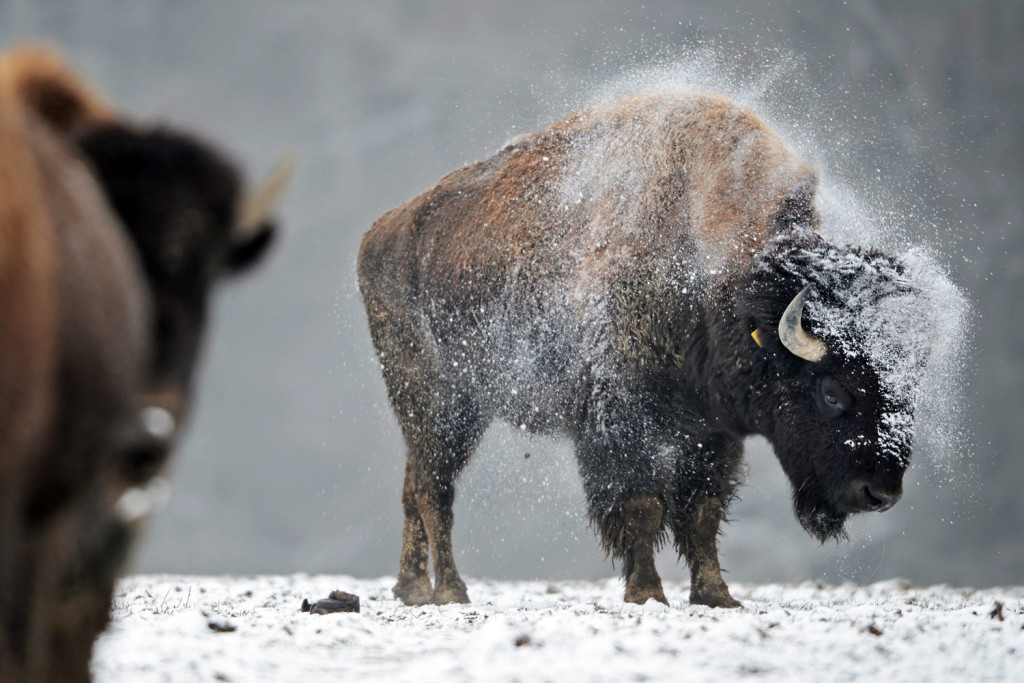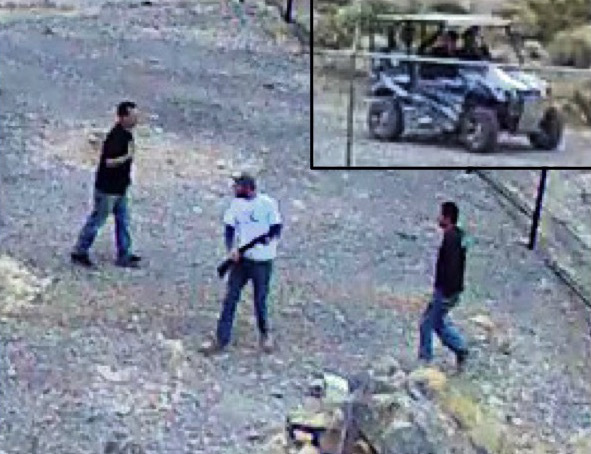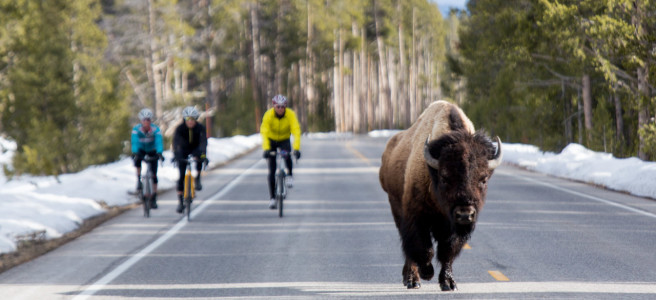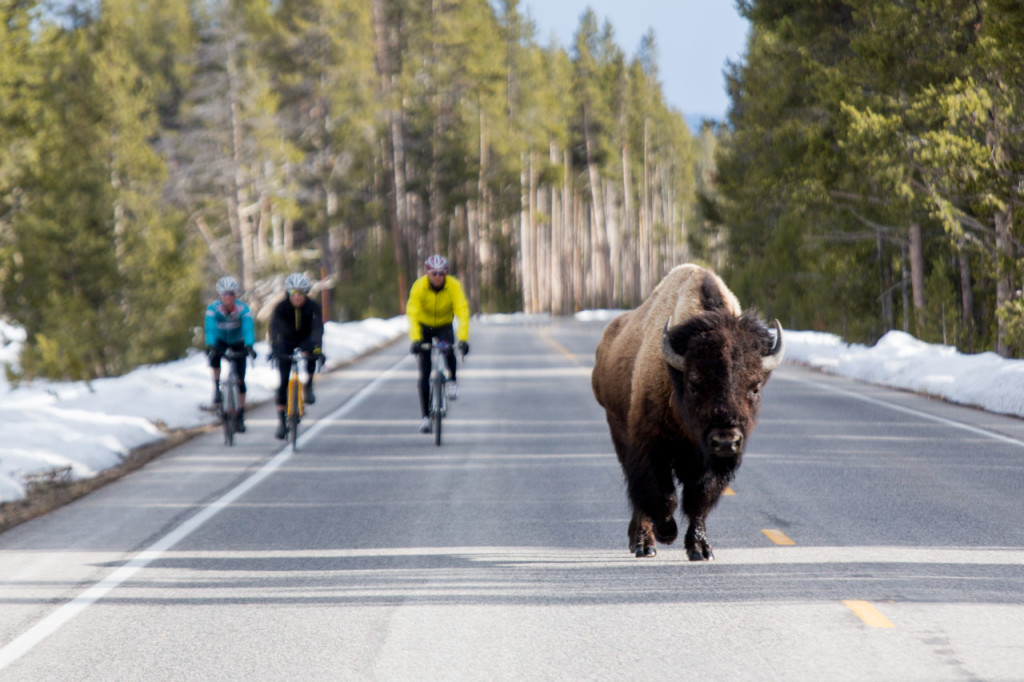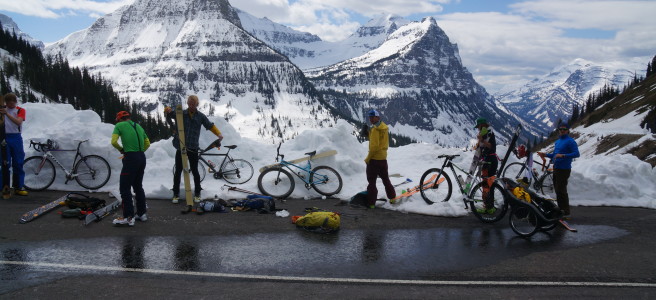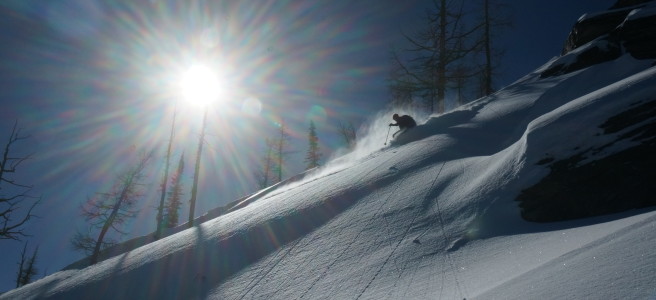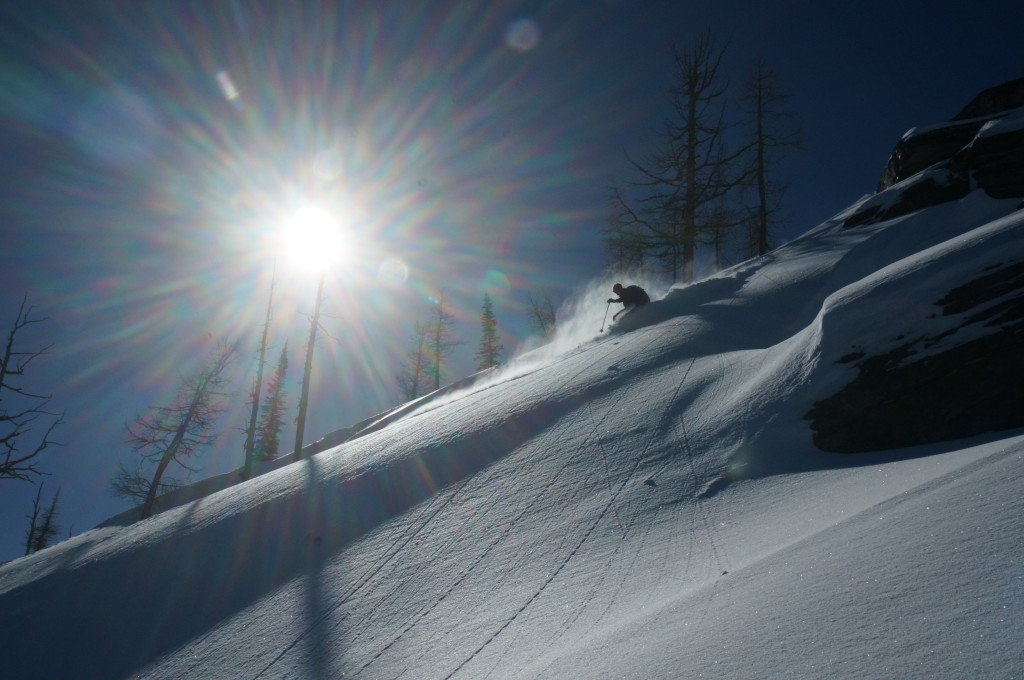Each morning we get out of bed. We stumble into the kitchen, grope around for the coffee machine, and flip on the TV to check in on the news. Maybe we have a bowl of cereal, or fry an egg, or just decide to eat later. We have a moment of quiet early in the morning before it’s time to go to war.
Before we leave for work we don our suits of armor (Chevy, Toyota, etc.). The world is a dangerous place, and we need to protect ourselves and our loved ones before we send them into the fray of public roads.
My dismay at American car culture isn’t a new phenomenon, but I’m still amazed by it. You can tell if someone is home by whether or not their car is there – driving is synonymous with simply leaving the house. We’ve gone to war to keep it inexpensive. 1% of the people born in 2013 will die in a car crash.
Let that sink in for a moment.
There are a lot of reasons floating around for why driving is so dangerous. Speed limits are too high. Road design is unsafe. Distracted driving! It’s those damned kids and their text machines. Or, there’s the fact that we’re essentially a nation of idiots, hurdling through the world at 80 miles an hour without a second thought or with any real oversight, all day every day. The sheer volume of driving in this country is the leading driver to why so many people are maimed and killed doing it.
On the one hand, maybe that’s fair. Folks should be more careful out there if they don’t want to die! That rationale holds up for motorcyclists who, generally speaking, go out alone. But drivers of cars and trucks are a bit different. They’re encapsulated in 5,000 pounds of steel, and a collision with one these is significantly more damaging.
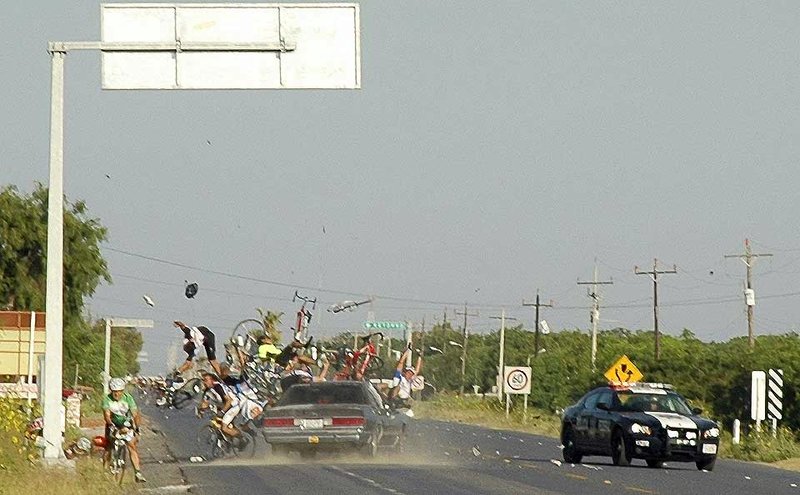
The only real way to make driving less dangerous is for people to do it less. We could incentivize this nationally with a more reasonable tax structure (gas costs less than bottled water right now), but that disproportionately penalizes poor people. Better, I think, is to effect change in how cars are built.
They’re too damn comfortable. Want to make a car that fewer people die in? Try building one without:
- A radio
- Air conditioning
- Heat
- Padded seats
- Power steering
- More than 40hp
When’s the last time someone you know died in a Yugo?
But the big step to making driving safer is to build cars less safely. Cars are way more dangerous than they seem, and these 5 Star safety ratings are killing us. Commercials cut slow motion video of crash testing with glossy montage shots of smiling children, implying that crashing your car with your family in it is somehow unavoidable, or not that big a deal. Want to make driving really safer? Ditch the seatbelts, line the dashboard with spikes, and put the airbags on the outside.
Automobile design is inherently backwards. It puts a premium on safety for the person with the most control, which can’t have any effect but to embolden drivers at the expense of everyone else. It’s no different than if nautical policy in the event of a shipwreck was to ensure the captain and crew are on the first life boat. Damn the women and children.
The fact of the matter is that driving is the most dangerous thing we do (except for drinking poison), and we don’t think twice about doing it. Want to see driving get safer? Then change the way we look at getting behind the wheel in the first place.
Like
